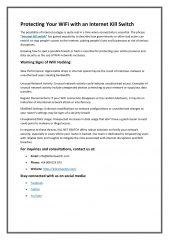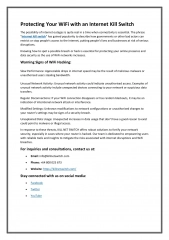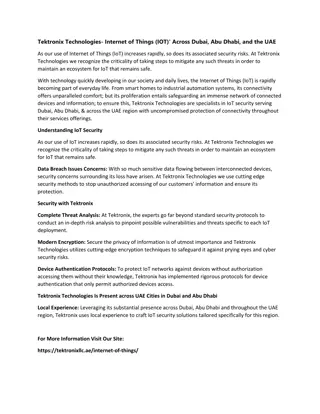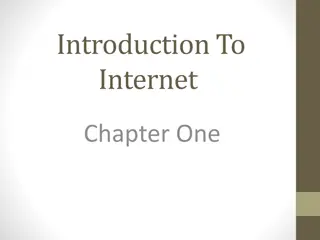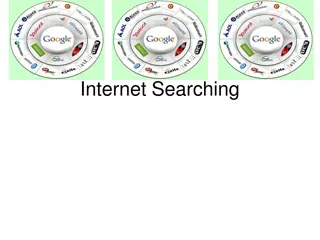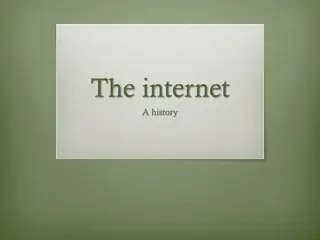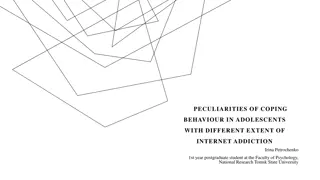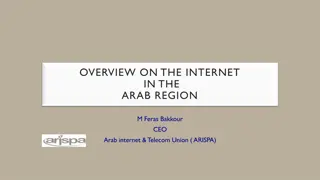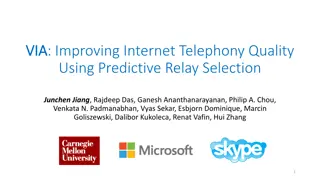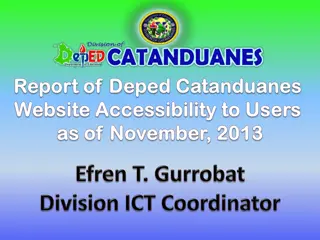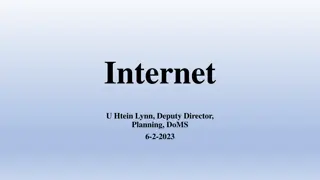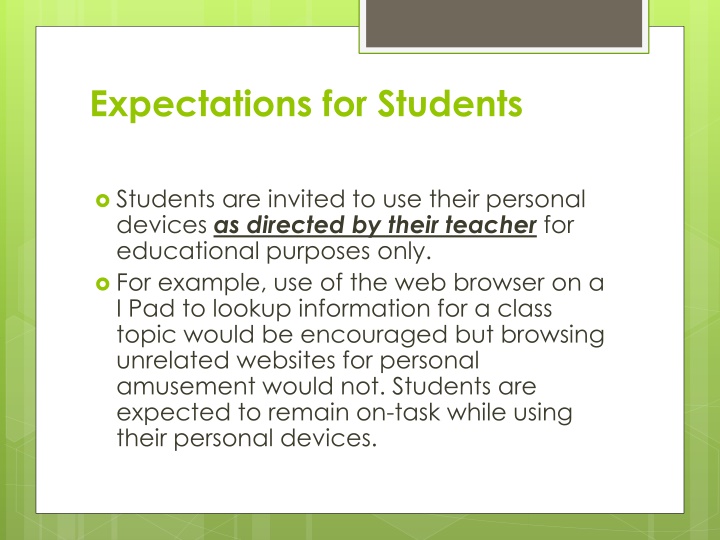
Digital Citizenship Guidelines for Student Device Usage
Understand the expectations for students using personal devices in school, including guidelines for educational purposes, privacy considerations, responsibility, guest wireless access, and the optional nature of bringing personal devices to school. The DDSB Acceptable Use Policy outlines responsible technology use to promote a safe and productive learning environment.
Download Presentation

Please find below an Image/Link to download the presentation.
The content on the website is provided AS IS for your information and personal use only. It may not be sold, licensed, or shared on other websites without obtaining consent from the author. If you encounter any issues during the download, it is possible that the publisher has removed the file from their server.
You are allowed to download the files provided on this website for personal or commercial use, subject to the condition that they are used lawfully. All files are the property of their respective owners.
The content on the website is provided AS IS for your information and personal use only. It may not be sold, licensed, or shared on other websites without obtaining consent from the author.
E N D
Presentation Transcript
Expectations for Students Students are invited to use their personal devices as directed by their teacher for educational purposes only. For example, use of the web browser on a I Pad to lookup information for a class topic would be encouraged but browsing unrelated websites for personal amusement would not. Students are expected to remain on-task while using their personal devices.
Personal Devices Include: Personal devices include: laptop computers, tablets, and handheld devices (not phones)
Privacy Respecting the privacy of others is a critical component of digital citizenship. Taking a picture of a class note or homework assignment may be permitted however, taking pictures or recording video of others without their permission is prohibited. The use of recording devices in change rooms, on the yard or in washrooms is strictly prohibited
Responsibility The DDSB is not responsible for lost or stolen devices. Users should clearly identify their devices with labels, engraving and in-device settings. Valuables should never be left anywhere other than in lockers. Users are responsible for maintaining adequate virus protection on their devices
DDSB Guest Wireless Access The DDSB-Guest wireless access allows users to access the internet with their laptop or other portable device. The internet content passes through the board filtering service which blocks inappropriate and social networking websites. The guest wireless does not allow access to school printers or network drives. All websites visited are tracked by the board.
Personal Devices at School Bringing personal devices to school is optional for students. Parents are not obligated to purchase a device for their child. Resources will be provided when required for a learning task as planned by the teacher.
DDSB Acceptable Use Policy I will use the computing technology as instructed by my teachers. I may use the Internet when a teacher is present or I have special permission to do so. I will only use computing technology facilities for recreational purposes when I have permission from my teacher. I will never use schools computing technology for Cyber-bullying, visiting unacceptable sites, and/or illegal activity. I may quote another person's work if I acknowledge it in a reference note. I will not buy or sell materials using school computers. I will follow the school rules when using and downloading any files and software. I will keep my password secret and not misrepresent my identity.
DDSB Safe Use Policy I will never give out personal information about myself or others on the Internet without my teacher s instruction. This includes my last name, age, sex, home addresses, telephone numbers, pictures, videos, routes taken to school, parents' hours of work, etc. I will only use my first name if I am working with a project where I communicate with other people. I will inform my teacher immediately if I find materials and sites I should not see. I will inform my teacher immediately if I am ever uncomfortable or frightened on the Internet (because another user is not using acceptable behaviour). I will seek help from principals, teachers and parents when someone tries to Cyber-bully me. I will report Cyber-bullying to principals, teachers and parents.
DSSB Appropriate Use Policy I will be polite. I will only use language that is acceptable in my school. I will send messages that contain words or information I would write on a classroom blackboard. I will not use the computing technology in any way that will harm the system or another person s work. I will respect the privacy of others. I will not go into another person's private mail or files or post information about others on the internet without their consent.
Misuse and Abuse I may have my computer privileges taken away and have to visit the principal to review my actions. My actions are bound by my school s Student Code of Behaviour and the board Student Code of Conduct, which states that a student may be suspended or expelled from his or her school
Technology Rules No Devices in bathrooms, change rooms, or on the yard No filming or recording without staff permission Phones off at school and stored in lockers No Cyberbullying Harassment may result in police involvement No intentional breaches of privacy No Hacking Integrity of District Computer Network and Systems

